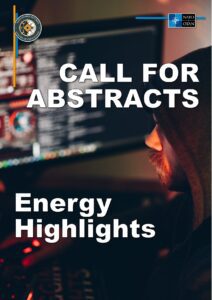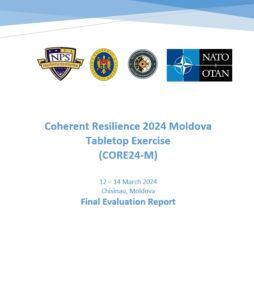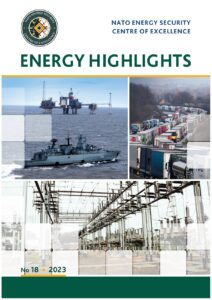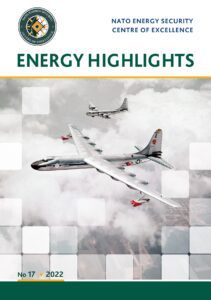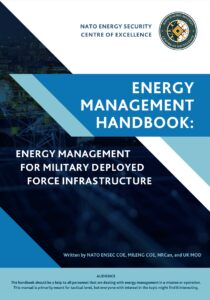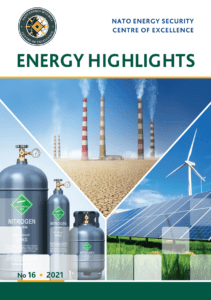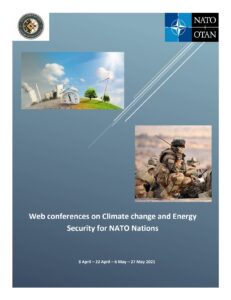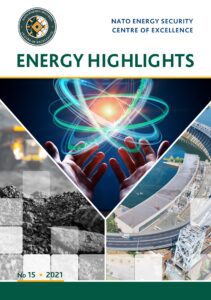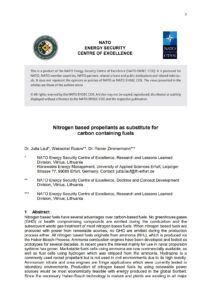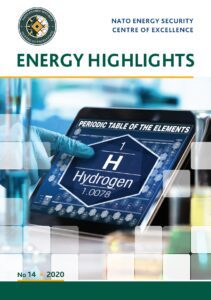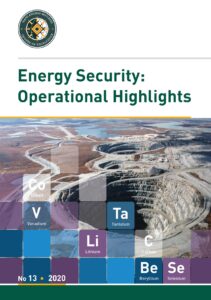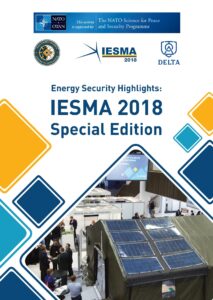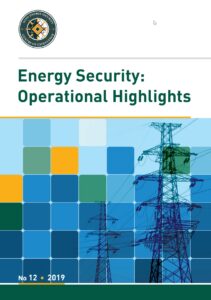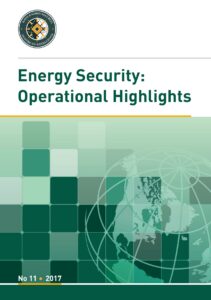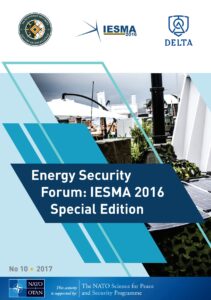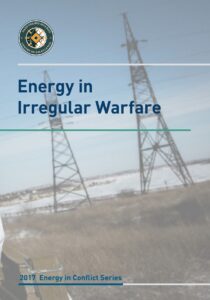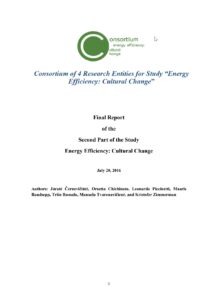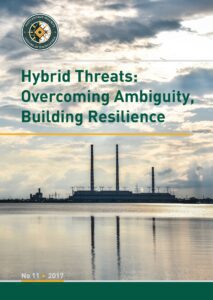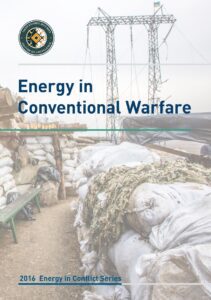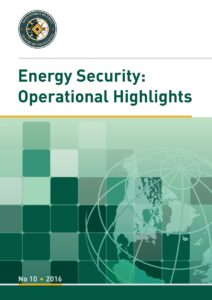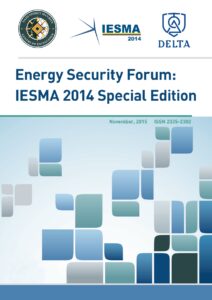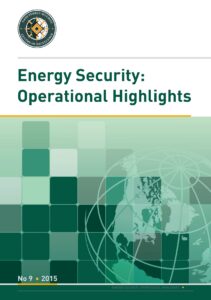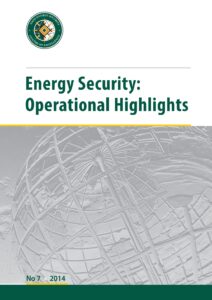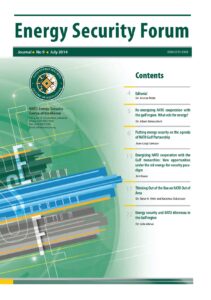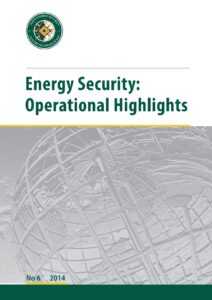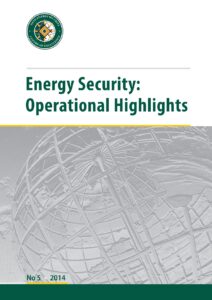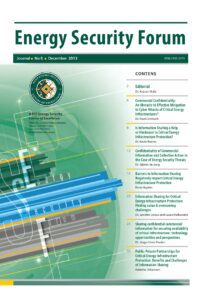
1. Introduction
The field trial, conducted at the French military site in Gergy “CIEP,” was a unique endeavor that provided a “close to mission” environment. The trial involved using two hydrogen fuel cells (FC) for 400 Watts and 1000 Watts and a battery storage and management system (BSMS). This innovative approach, incorporating battery storage with the FC, was suggested by earlier NATO research activities, highlighting the cutting-edge nature of our research.
The priority during the equipment selection was given to the highest technology readiness level (TRL) ratings, which means that attention was focused on the available products in the market. The observations collected from the field trial are supposed to be linked with the product developers and support the evolution of technology.
The primary objective of the field trial was to analyze the tactical environment and its suitability for alternative energy sources from the energy management point of view. The secondary objective was to develop reasonable and feasible scenarios where the experimental technology might apply its advantages for military missions. This clear delineation of objectives helps the reader understand the focus of our study.

The actual performance of the experimental equipment was only a secondary priority during the trial because its suitability with the existing energy demands was uncertain due to low installed power on the one hand and high weight on the other. However, the equipment (fuel cell) represents a market product that was not developed for military customers but incorporated the highest existing civilian standards regarding user safety, fire safety, environment protection, and resistance against the elements.
2. Motivation
The experiment was driven by the need for more sustainable and reliable power sources within the military. Hydrogen fuel cells offer significant advantages, including lower environmental impact, high efficiency, and quiet operation compared to traditional diesel generators. Adopting such technology for the French Armed Forces could improve operational capabilities and reduce logistical burdens associated with fuel supply.
The French Ministry of Defense developed in 2021 a new energy strategy. One of the pillars of this strategy is the research and development of new energy technologies to reduce dependence on fossil fuels and increase operational performance and energy resilience. In 2021, the French MOD requested the NATO ENSEC COE to conduct an initial presentation of an available portable hydrogen fuel cell.
The previously executed experiments with another “off-the-shelf” product, FUEL CELL ELECTRIC GENERATOR Trekhy/Pragma H-01 (30W), already provided some rough guidance. Based on observations during the field trial phase in 2022, NATO ENSEC CoE experts suggested deepening the evaluation efforts and involving a more powerful fuel cell exemplar.
Following the newly developed classification matrix for tactical power-generating devices and a renewed market survey, NATO ENSEC CoE allocated a new industrial partner – PowerUP Energy Solutions (Estonia), who provided a hydrogen fuel cell generator within the 300 – 1000 Watts range for a new experimentation trial.
Integrating hydrogen fuel cells has emerged as a promising avenue in pursuing sustainable and energy-efficient solutions for military operations. This report delves into a groundbreaking experiment conducted in collaboration with the French Armed Forces; NATO ENSEC CoE experts deployed hydrogen fuel cells ranging from 400W to 1000W within a military environment.
This initiative aimed to assess the viability, efficiency, and potential applications of hydrogen fuel cells in meeting the unique energy demands of military operations. The findings presented herein offer valuable insights into the practicality of integrating hydrogen fuel cells within military contexts, paving the way for informed decisions and future advancements in sustainable energy solutions for defense applications.
3. Execution
The experiment involved deploying two portable hydrogen fuel cells provided by PowerUP Energy Solutions in various military scenarios. The setup included comprehensive testing under different environmental conditions to simulate real-world military operations. The PowerUP Energy Solutions provided engineering support and expertise, while the French Armed Forces facilitated field testing and operational integration.
The experiment involved several data collection and analysis phases to assess energy consumption, device-specific energy measurements, equipment handling, scenario development, and user evaluations. ENSEC experts cooperating with military personnel have completed the phases, ensuring comprehensive and accurate data collection under real-world conditions.
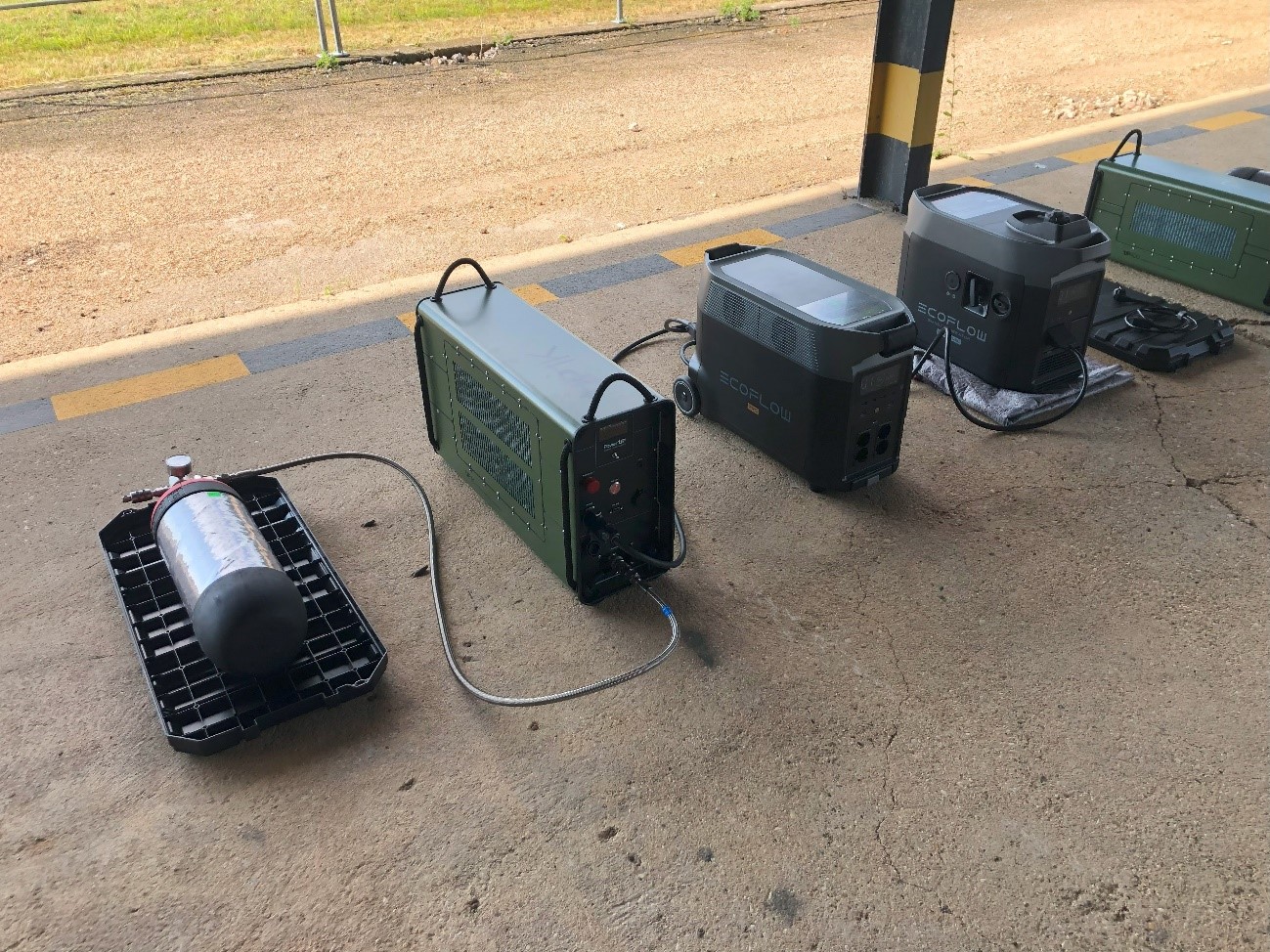
A. Energy Usage Observation (soft)
One of the trial’s objectives was to observe small and medium energy consumption on a tactical level. The ENSEC experts were assigned to a random troop from the French Armed Forces deployed in the field. The experts “shadowed” the soldiers, recording where and when energy was used. This observation lasted one or two days to collect data for a representative energy profile. The expected outcome was a data table estimating the amount, type, and priority of energy spent, used, or wasted by a single soldier or military unit on a tactical level.
B. Equipment Handling (soft)
ENSEC experts introduced the experimental equipment to a random group of soldiers, presenting usage procedures and safety regulations. Preferably, one day after the presentation, the same group of soldiers was tasked with conducting a random device’s charging cycle. The expected outcome was a discussion with the users to capture their perspectives on the equipment’s advantages, applicable scenarios, safety concerns, or doubts.
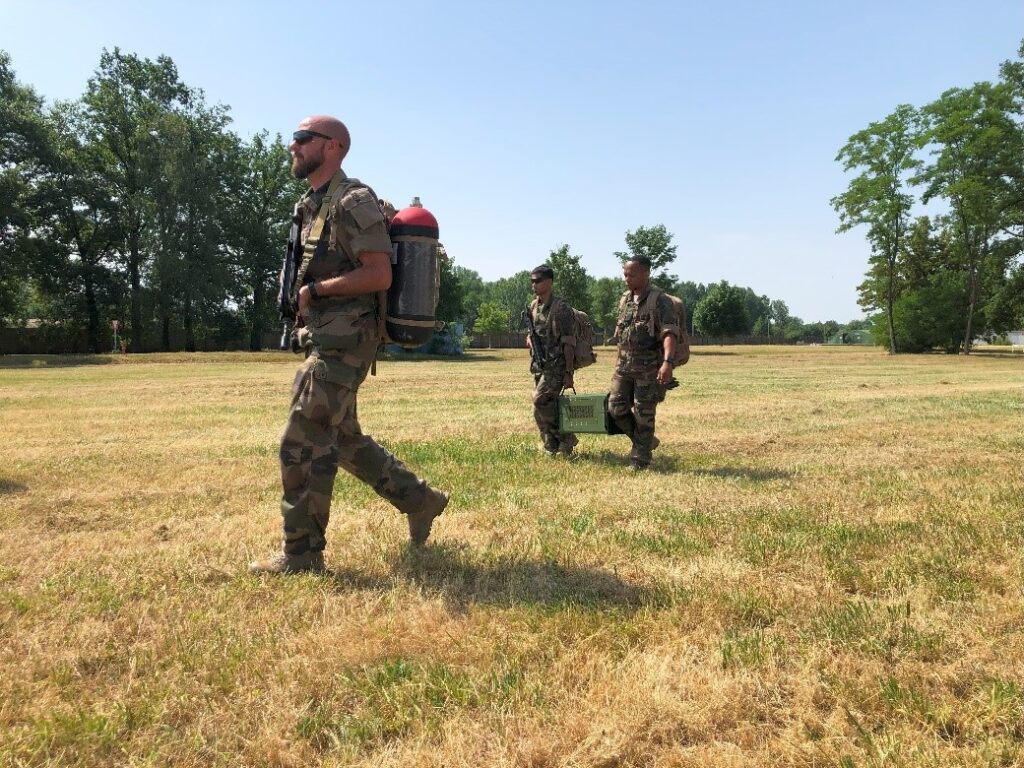
C. Energy Measurements on Dedicated Devices (soft)
During the observation phase, the ENSEC experts identified various devices used by the soldiers. These devices are recharged or activated by the ENSEC experts to record the energy consumption under field trial conditions. The expected outcomes were specific energy consumption measurements for representative devices. If actual measurements were not feasible due to insufficient scientific equipment, the experts collected all available specifications (Voltage, Current, and Capacity) to calculate reasonable energy consumption.
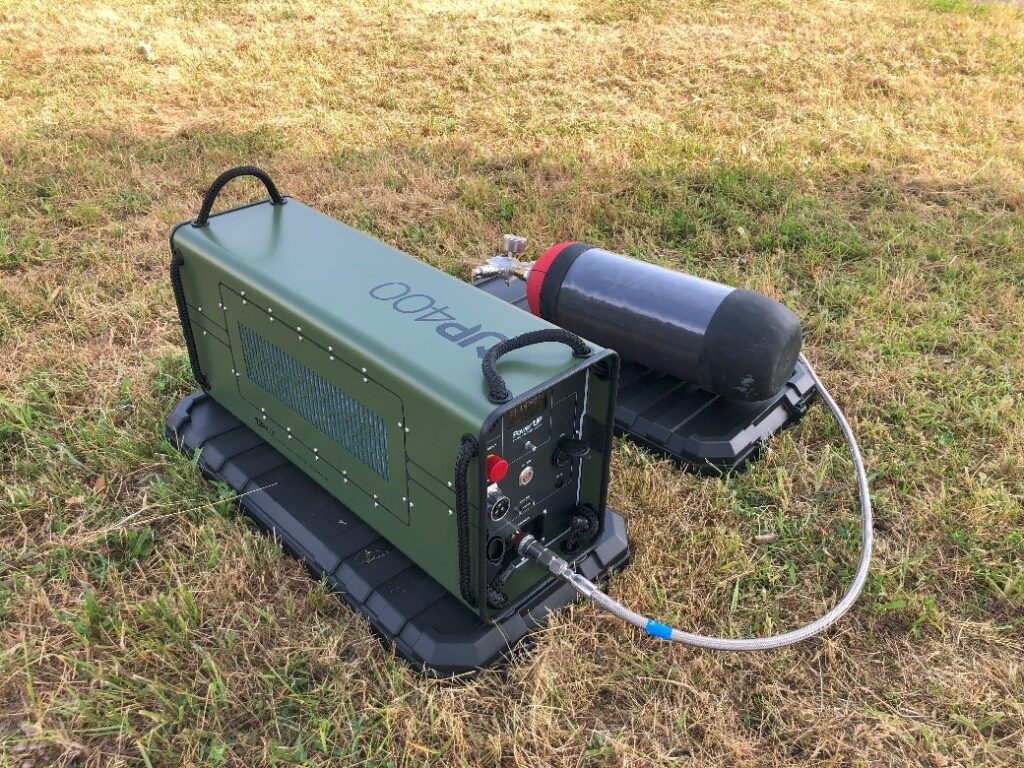
D. Scenario Development (soft)
Based on user recommendations and the collected data, ENSEC experts developed potential and valuable scenarios for the optimal application of experimental equipment during military missions. These scenarios aimed to achieve goals such as reducing fossil fuel consumption, lowering emissions, and improving the logistic footprint, which was in line with French Ministry of Defense directives. This was a midterm process with outcomes to be published in the final report.
E. Charging cycles experiment (tech)
The 1 kW hydrogen fuel cell was used to charge battery storage units through multiple cycles. This sub-part aimed to evaluate the efficiency and performance of the fuel cell in providing reliable power for battery recharging under operational conditions. ENSEC experts monitored the charging cycles, recording data on the fuel cell’s duration, energy output, and overall efficiency. The expected outcome was a detailed analysis of the fuel cell’s performance in repeated charging scenarios, including its impact on battery storage capacity and cycle stability.
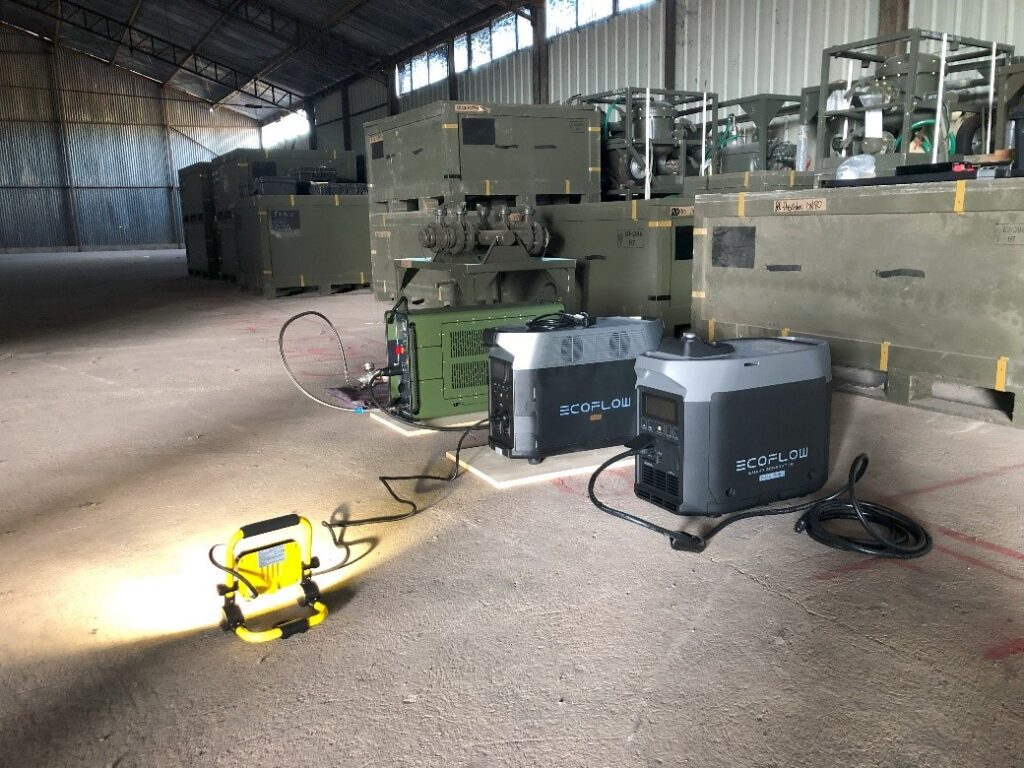
F. Unmonitored interval operation (tech)
The 400W hydrogen fuel cell was utilized to simulate an interrupted interval power supply on demand. The fuel cell was programmed to activate for 15 minutes within each hour, providing a periodic power boost in an unmonitored fashion. This setup aimed to mimic real-world scenarios where continuous power supply might not be feasible and intermittent energy bursts are required. ENSEC experts recorded the fuel cell’s performance, including activation efficiency, power output consistency, and overall impact on energy supply stability. The expected outcome was a comprehensive understanding of the fuel cell’s behavior and effectiveness in delivering interval power and on-demand conditions.
G. User’s View Evaluation
ENSEC experts gathered user views, impressions, and advice. At the tactical level, random participants (soldiers) have been approached to capture their expectations and experiences regarding the energy situation “on the ground.” The responses were recorded and evaluated to define technology specifications for the optimal use of equipment under operational conditions. This feedback aimed to ensure that the equipment meets the practical needs and preferences of the end-users in real-world scenarios, providing valuable insights for refining and improving the technology.
4. Experimentation Findings
A. Performance
The charging cycles passed: The hydrogen fuel cells demonstrated expected (specs) efficiency and consistent power output across various conditions. It outperformed traditional power sources in terms of fuel efficiency and reduced emissions. The equipment demonstrated sufficient and reliable operations in supplying the battery storage, contributing to efficient energy supply and management.
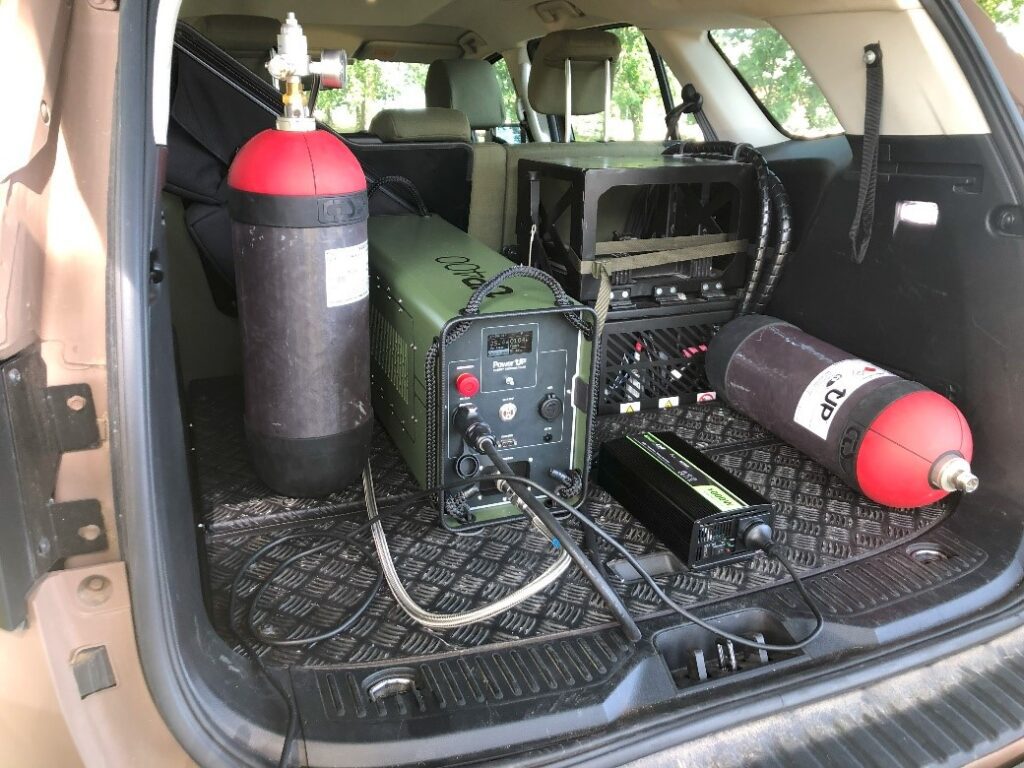
The interval power supply failed due to the discharge of the fuel cell’s internal battery. Internal energy management of the fuel cell was not designed to accommodate unmonitored interval operations; even when connected to hydrogen storage, the fuel cell was not “authorized” by its management to use the available energy to maintain an internal power source – a simple software update can introduce the solution. However, beside the issue with charging of the internal battery, the FC provided sufficient operations of the interval demand, which allows to believe in quick improvements when and if such operations should become requirement.
B. Reliability
The fuel cell proved durable and robust, maintaining performance in moderate field conditions. Maintenance requirements were minimal, and the system was user-friendly, requiring little specialized training for military personnel. The current TRL of the experimented technology allows us to drive the development toward specified solutions and reliable military equipment.
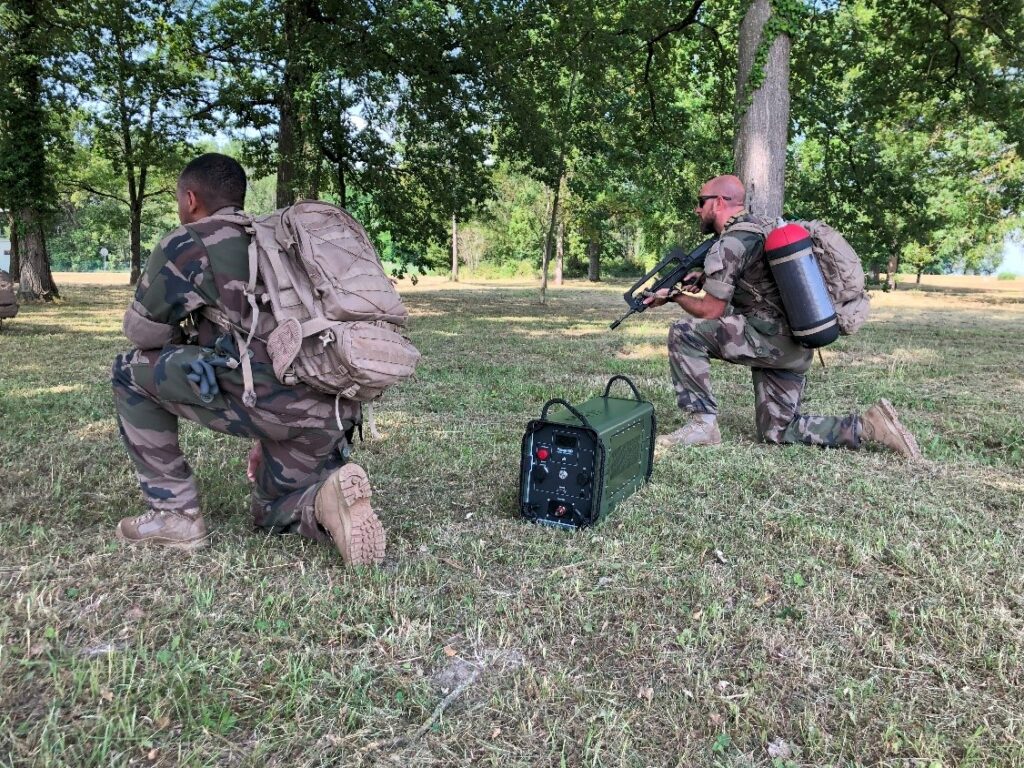
C. Operational Impact
Due to the fuel cells’ higher weight ratio (especially the 1 kW unit), military personnel reported challenges while handling the devices in the dismounted mode. Feedback on the fuel cell’s quiet operation and reliability has been positive, noting possible improved mission flexibility and, under certain conditions also, reduced logistical constraints. ENSEC experts recommend renewed weight/performance rating for the respective equipment based on their area of performance:
| Portable | Mobile | Deployable | Transportable | Fixed |
| X<10kg | 10<X<30kg | 30kg<X<A | A<X<B | B<X<C |
| 1 Soldier | Vehicle | Trailer | Container | Infra |
5. Conclusions and Recommendations
The experiment confirmed the potential of portable hydrogen fuel cells to enhance the operational capabilities of the French Armed Forces significantly. Key findings highlighted the technology’s efficiency, reliability, and practical benefits in field operations. While hydrogen fuel cells present a promising additional energy source for the military, they are not yet positioned to replace fossil fuels entirely. Further, extensive research is needed to explore the broader use of hydrogen in military applications. Nevertheless, fuel cell technology provides valuable operational capabilities, making it a pivotal point for further development and integration into military energy strategies.
Recommendations
Adoption: NATO ENSEC COE advises the French Armed Forces to plan and schedule further experimentation to consider integrating hydrogen fuel cells into their standard equipment inventory. In particular, to choose several portable/mobile energy-consuming and/or generating tactical devices (fuel pumps, emergency generators, APUs, etc.) and subsequently to “shadow” them with the respective FC technology.
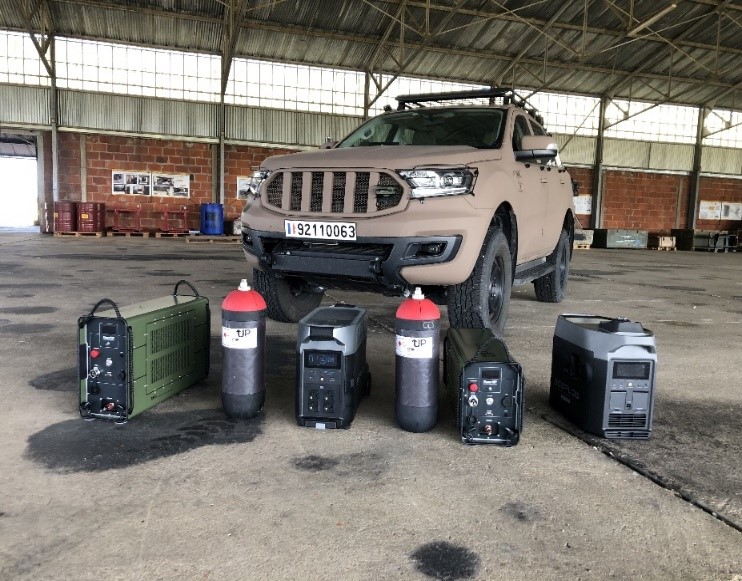
Further Research: Additional testing in varied operational environments is recommended to understand the fuel cell’s capabilities and limitations fully. Close cooperation with the fuel cell’s OEMs is strongly recommended here.
Improvements: Future developments could focus on further increasing the power-to-weight ratio of the generating units (FC), adopting hydrogen handling equipment for the operational military environment, and enhancing the smart-grid acceptance of the fuel cells.
This summary provides only a concentrated overview of the experimental activities and insights conducted throughout 2023 by ENSEC experts and our partners. NATO ENSEC COE is developing more detailed recommendations for integrating hydrogen into military considerations in general and sufficient product improvements in particular.
The successful collaboration between PowerUP Energy Solutions, the French Armed Forces, and NATO ENSEC COE highlights the strategic importance of leveraging innovative technologies to enhance military efficiency and sustainability on future battlefields.
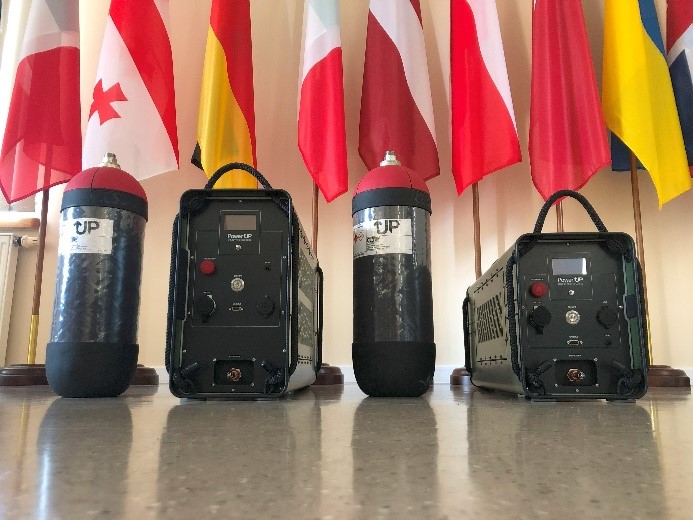
The views presented in the article are those of the authors alone. It does not represent the opinions or policies of NATO or NATO ENSEC COE. The Centre may not be held responsible for any loss or harm arising from the use of the information contained in this publication and is not responsible for the content of external sources, including external websites referenced in this pub
